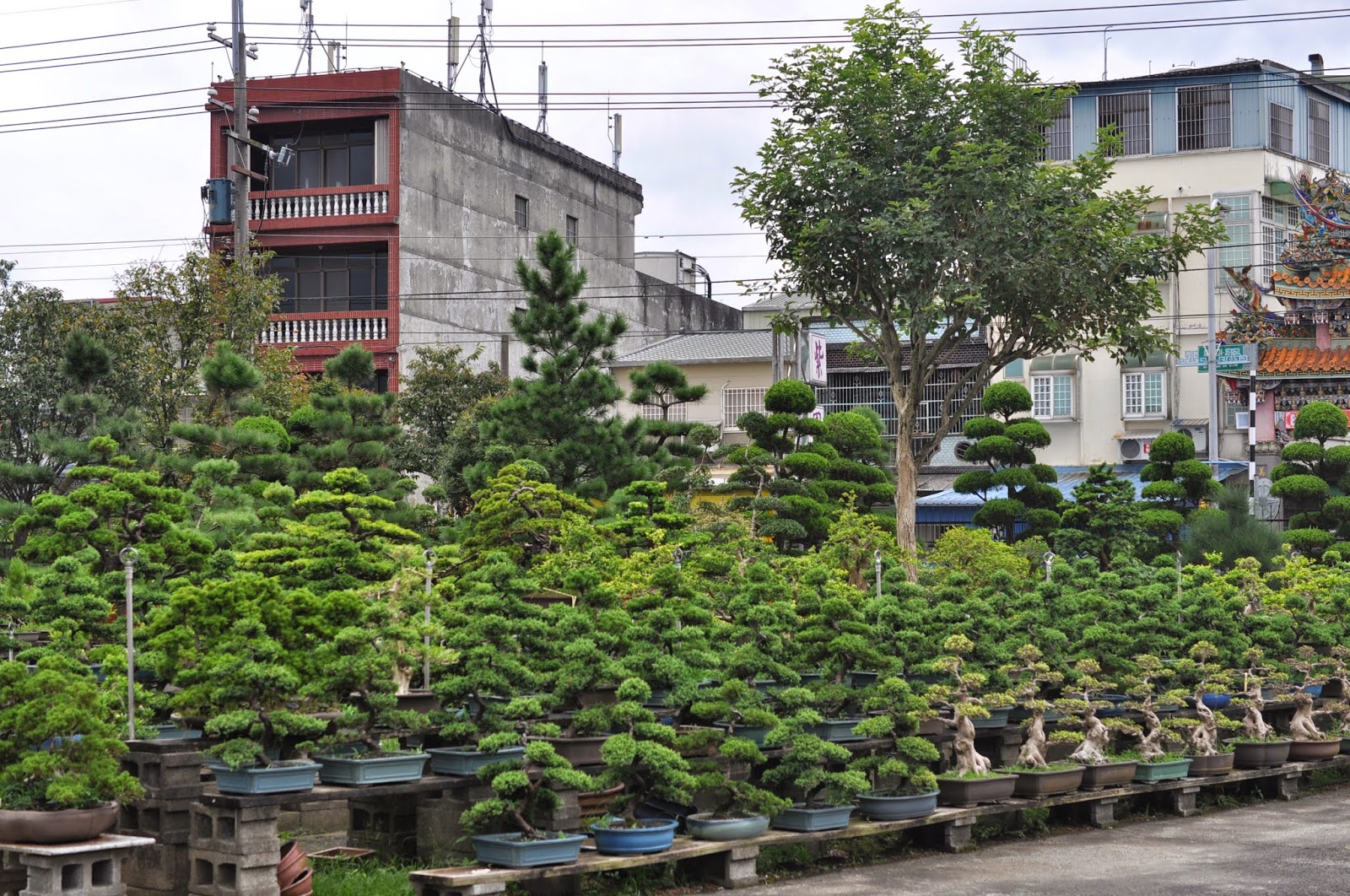Go Up to Go Down
One of the major goals when developing a bonsai tree is to create taper. Taper is the key to a bonsai looking older than its years. If we allowed the tree to grow freely and unrestrained the tree would become too tall, the top branch which receives the majority of the sunlight will continue to grow straight up. This kind of tree growth is not conducive to bonsai development. *However, if you still want to thicken up your trunk, let the top branch grow wild!
To create taper, you must remove the leading branch so the tree becomes more compact. A new leader, a thinner branch, will grow, thus creating the taper that you need. You can also cut just above a thinner side branch which can then become the new leader, or apex. You may need to wire this 'side' branch upwards.
In the picture below you see the leading branch growing up towards the sunlight. This branch is allowed to grow for a certain time and then it is cut at its base. The smaller branches below it, will then become the new top of the bonsai. The reason this branch is still on this pine tree is because the smaller branches below it are not thick enough just yet. By letting the top branch grow strongly, the thinner branches, which will become the new top, are allowed to become thicker. On this tree, the base of the trunk is quite thick and at this stage those smaller top branches are a little too thin. If you cut the top branch now, yes you will have taper but it will look too drastic. Timing when you cut the leader will ultimately be up to you and what you believe looks aesthetically pleasing.
 |
| Black Pine in development |
Below are more examples of cutting the leading branches to develop a more compact tree.
 |
| In this example the leader is cut above a side branch. This side branch then became the new top. More interesting movement was also achieved by this trunk chop. |
 |
| The same tree. It will take some time for the wound to heal and callous over. Apply cut paste to speed up the healing process. |
 |
| When you first cut, leave a stub. This is the safer way and over time you can gradually cut more wood away creating a more natural tapered look. |
 |
| The cambium layers will eventually cover the whole cut area. |
 |
| A new leader chosen. Because of this cut the tree becomes a lot more compact and tapered. |
 |
| You can also try this technique with side branches as well. |
 |
Again, the idea is to develop thinner branches in the upper part of your tree - thicker at the base, thinner at the top - TAPER. But before you can do that, allow some branches to grow freely and then cut! Before you cut, look closely and find the new branch.
I hope this pruning technique will help you develop a more compacted bonsai tree that will look as if it was 100 years old.
|








































